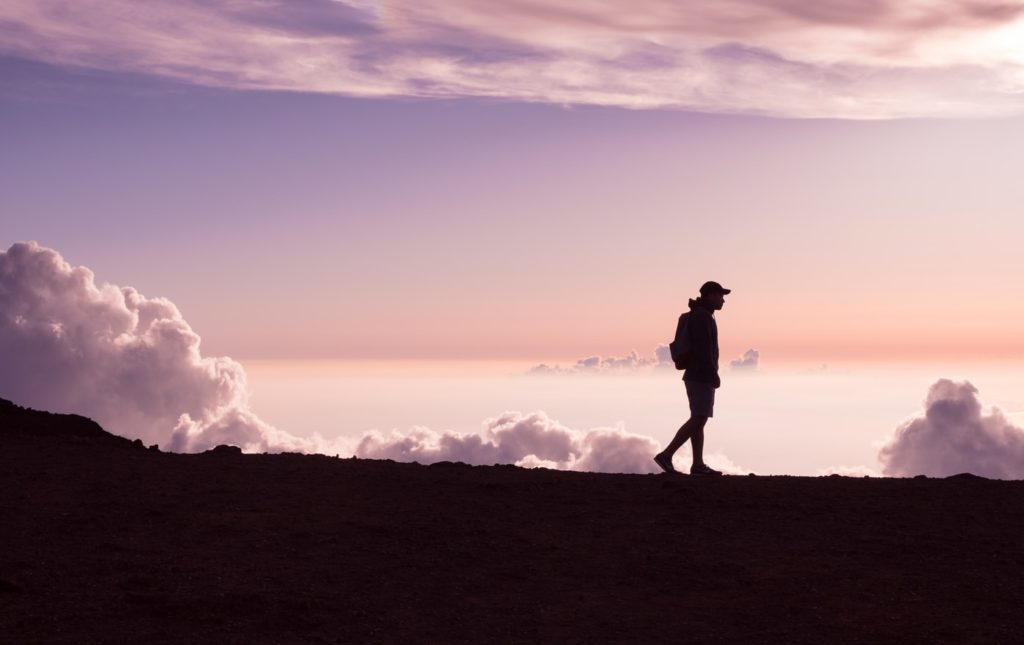What’s the distance you can walk in a day? This issue will be essential during an evacuation without means of transport. And the answer depends on many things!
Your speed of walk determine the distance you can walk in a day
First, I’d like to break the myth of the walk at 3 mph. Note that if you are not specially trained, you are a bit loaded, and you walk for a long time, you will never go as fast. Unless you want to hurt yourself.
The importance of the total duration of the walk
You don’t walk the same distance every day through the total distance you are traveling. What you have to think about is recovery:
If you have only 50 miles to go, you can do it in two days even though you’ll be exhausted, but once you get there you can relax.
If you have to walk 125 miles and you start by making 50 miles in the first two days, you will be broken and you can’t do more than 10 miles the next day!
We can consider that a walk is long from about 5 days. For a five days walk, you will need to take a reasonable pace if you want to stick at your journey.
For a long walk, you can walk between 7 and 8 hours a day without a problem. Moreover, in general, if you bug-out, you will also have a heavy bug-out bag, which will slow you down.
If you have less distance to cover, you can force: Some people can do 50 miles with a bag in under 48 hours. It’s hard, of course, but it can be done in an emergency situation.
At that moment you will spend rather 11-12 hours a day moving. Basically, you will walk whenever you are not sleeping and you reduce the breaks.

The importance of the relief
Don’t underestimate the relief, it will slow you down a lot. With a 15 kg bag, 7 hours of walking per day, you will walk 20 miles per day without too much problem.
On the other hand, in a hilly landscape, you will walk considerably less. The hills will slow you down and descents will break your legs, bet on the 20 mph.
On mountains, if you do a lot of uneven, your distance per day will completely drop: walking 7 or 8 hours a day, you’re probably not going to do more than 9 to 12 miles per day.
The importance of the season
The sun is a key factor in your walk, it’s all heat and light. In midsummer, late June, it takes more than 15 hours between sunrise and sunset, which leaves you a lot of time to walk and to install a bivouac. During the summer, avoid walking at noon because it’s usually very hot.
At the winter solstice, at the end of December, you will have less than 9 hours of sun per day If you walk 8 hours per day and you need an hour in all to disassemble the camp in the morning and to install it at night.
In practice, including breaks and unforeseen situations, you’ll often end your day to walk at night which is pretty rude. It’s also harder to find a good place to settle down.
Organize your waking day

It’s also very important to clearly define your schedule for the walking day. It’s clever to cover the maximum distance in the morning because you know that in case of trouble, you’ll have more time to remedy it in the afternoon or in the evening.
Generally, you get up with the Sun (it allows you to see if you forget anything on-site by removing your camp) and you will try to walk for five hours before lunch. It is very reassuring to know that you have already run half of your daily walk.
In the afternoon try to go back to walk early, in order to arrive as soon as possible and to settle more comfortably for the night. Avoid too many breaks and too long pauses.
A break every two hours may be enough. Do not sit during breaks: remove your bag, eat something, drink a little, you will feel much better.
If you have a shot of slack during the walk you can also eat or drink a little, without stopping, it will avoid the small drop in morale.
Adapt this to your situation, depending on your loading, the people with whom you are traveling, and the disabilities you or they may have.






